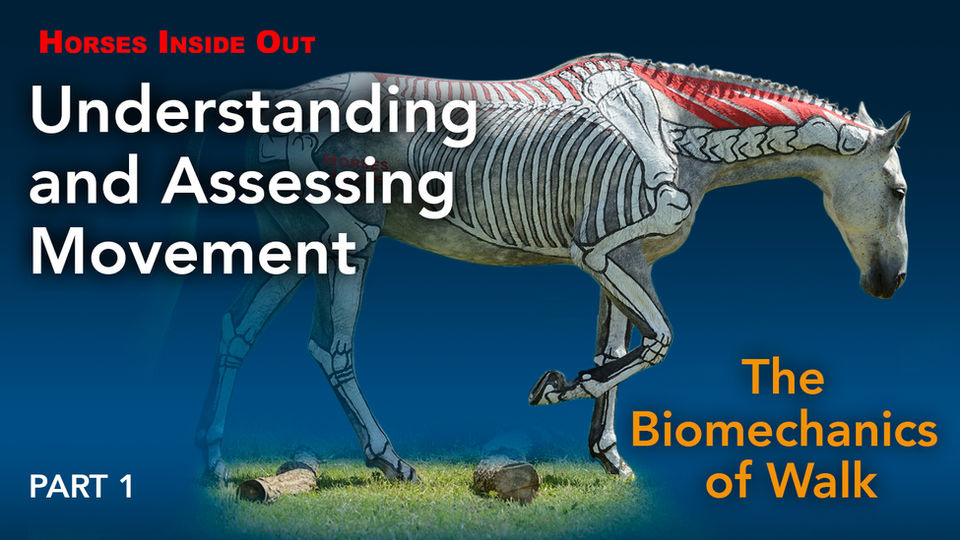Understanding Your Horse’s Neck - On-Demand Webinar
It is impossible to alter the position of the neck without affecting back posture, limb movement, balance and expression so understanding the anatomy and biomechanics of the neck is vital for all riders and trainers wishing to attain the best way of going possible.
This on-demand webinar looks at how positioning of the horse’s head and neck influences back position, outline, movement, performance, comfort, welfare and way of going.
It studies the anatomy and location of the cervical vertebrae, spinal cord, cervical nerves, muscles, fascia and ligaments within the neck and explains how these structures have an enormous anatomical and biomechanical influence on ‘How the Horse Moves’.
Gillian also describes the anatomy and importance of the hyoid apparatus and cervicothoracic junction.
With clear explanations and a wealth of video clips illustrating the advantages of an ideal head and neck position as well as the constraints and drawbacks of a less than ideal position, this webinar provides much food for thought.
Watch Trailer
This on-demand webinar was originally recorded on the
3rd March 2021 and is episode 2 of series 2.
Course Structure
This on-demand webinar is split into 3 parts:-
1. Anatomy
Vertebrae
Nerves
Muscles
2. Biomechanics
Temporomandibular joint
Cervical joint movement
Hyoid apparatus
3. How head & neck position affects the body
Centre of mass
Back positioning
Potential hip extension
Forelimb movement
UNLIMITED ACCESS
Anytime - Anywhere - As many times as you like!
Once purchased, you can watch this on-demand webinar at any time and as many times as you like from any device and from the comfort of your own home! Just make sure you are logged in and then watch it by pressing the button below.
Other on-demand webinars you may enjoy...
- 80£
- 40£
- 30£





















